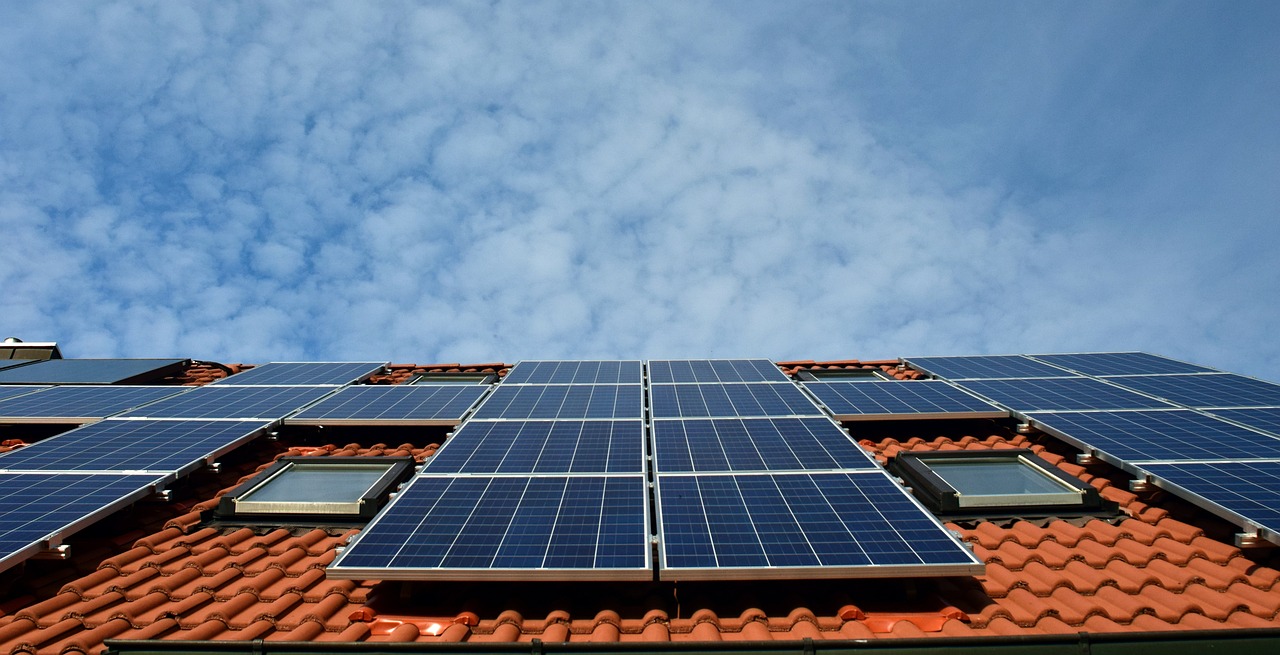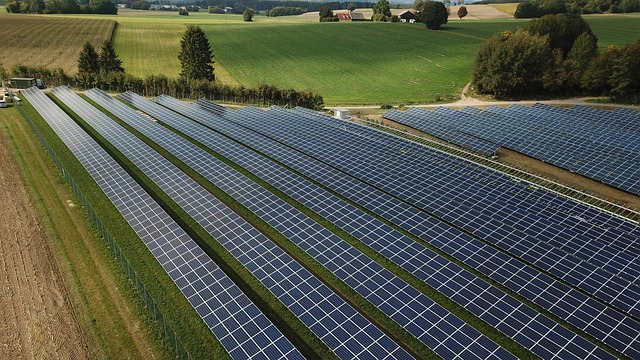The fight over California community solar: ‘It’s everyone vs. utilities’
by Jeff St. John,
Community solar and storage could help power California toward its goals for clean energy, grid reliability, energy equity and affordable housing — but only if regulators don’t allow the state’s biggest utilities to undermine it.
That’s the argument a sprawling coalition of solar industry groups, consumer advocates, environmental justice organizations, labor unions and the state’s homebuilding industry has been making before the California Public Utilities Commission over the past few months.

The fight has centered around a new proposed payment structure for community solar called the Net Value Billing Tariff (NVBT), which the coalition says is crucial to revamping California’s moribund community solar market and would make community solar in the state both economical and effective. A structure for community solar payments was ordered up by AB 2316, a state law passed last year.
Community solar and storage could help power California toward its goals for clean energy, grid reliability, energy equity and affordable housing — but only if regulators don’t allow the state’s biggest utilities to undermine it.
That’s the argument a sprawling coalition of solar industry groups, consumer advocates, environmental justice organizations, labor unions and the state’s homebuilding industry has been making before the California Public Utilities Commission over the past few months.
The fight has centered around a new proposed payment structure for community solar called the Net Value Billing Tariff (NVBT), which the coalition says is crucial to revamping California’s moribund community solar market and would make community solar in the state both economical and effective. A structure for community solar payments was ordered up by AB 2316, a state law passed last year.

Now, as the state comes up on a September 26 deadline to apply for its share of $7 billion in federal community solar grants, the coalition is pressing the CPUC to lock in the NVBT program — and not allow it to be derailed by arguments from utilities Pacific Gas & Electric, San Diego Gas & Electric and Southern California Edison.
“On community solar, it’s everyone versus the utilities,” said Brandon Smithwood, senior director of policy at community solar developer Dimension Renewable Energy.
That’s a rare level of consensus in California’s fractured solar policy landscape, where battles over the value of rooftop solar systems have pitted environmental and consumer advocates against each other. But on this issue, groups that “fought for years got together and worked out their differences,” Smithwood said.
The consequences of that coordination could be enormous. If the CPUC approves the NVBT, “California can go from practically no community solar to leading the nation in a few years,” said Derek Chernow, Western U.S. regional director for the Coalition for Community Solar Access, a trade group.
According to analysis from CCSA, the tariff could enable about 8 gigawatts of community solar paired with batteries to be built in the state using existing grid infrastructure, putting it in contention with other leading states for community solar like Colorado, Massachusetts, Minnesota and New York.
That’s far from the estimated 13 gigawatts of rooftop solar installed in California to date. But it’s a big jump from the less than 600 megawatts of community solar developed in California so far under a panoply of programs.
Such an expansion would open up the benefits of solar — namely cheaper, cleaner power — to Californians who can’t install solar panels on the roofs of their homes. That includes both lower-income households and the state’s nearly 17 million renters who lack options for using solar power to reduce their utility bills. Community solar allows a large number of customers to subscribe to a share of a project’s energy output and use the revenues from that to earn credits that offset their utility bills.




